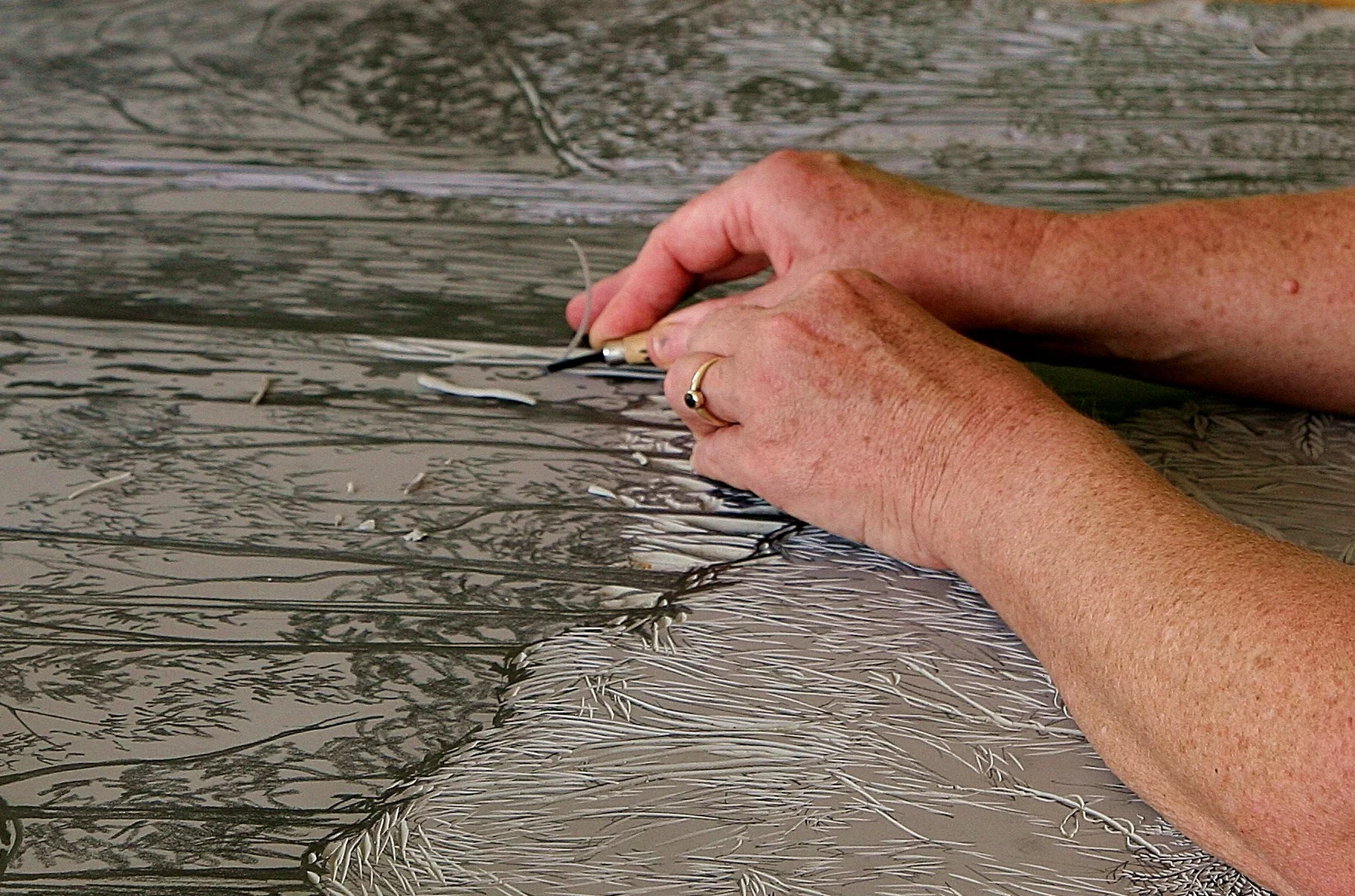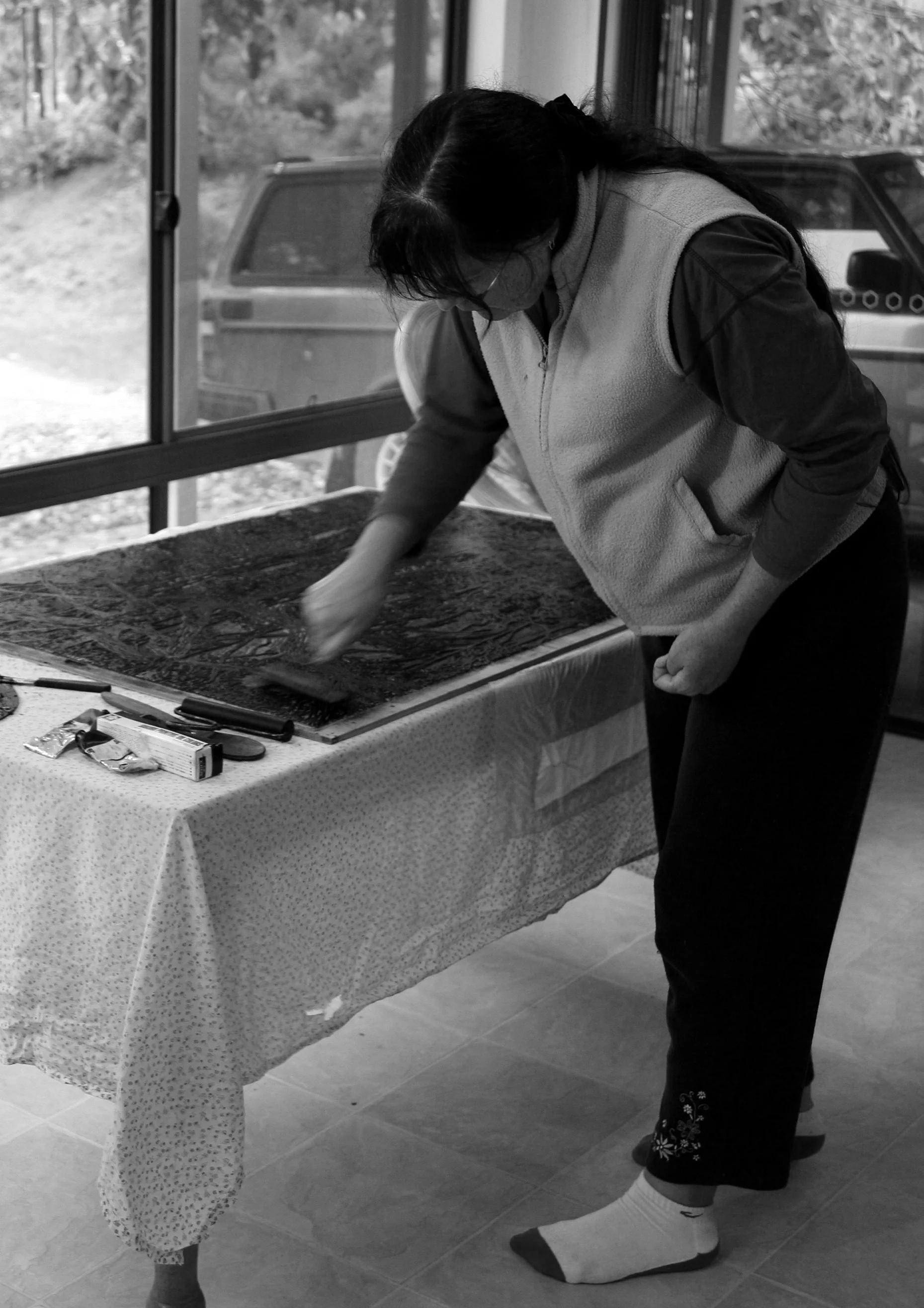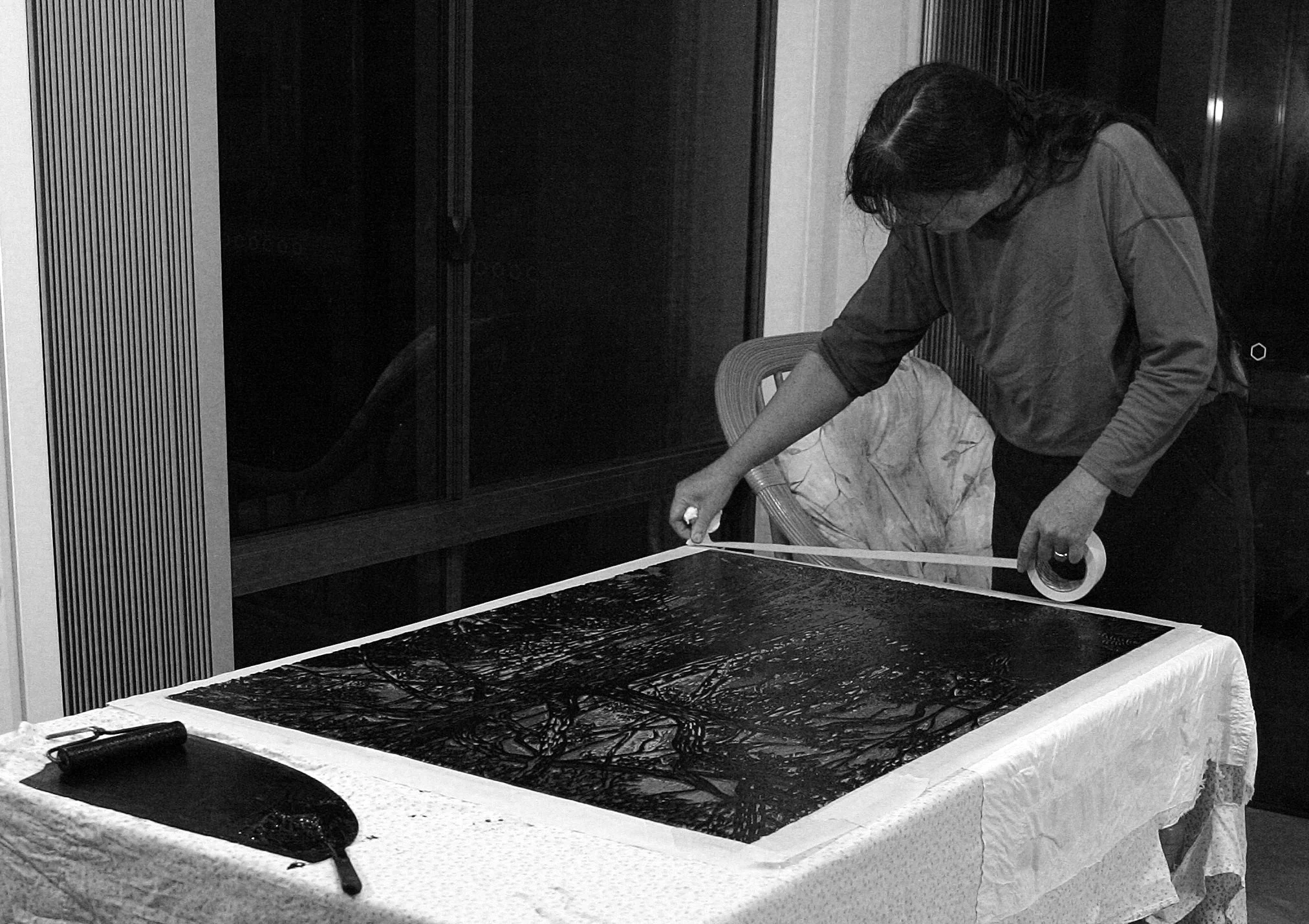Marion Rounsley Artwork
Lino prints, paintings and drawings by Marion Rounsley.
/
1
2
3
4
5
6
7
8
9
10
11
12
13
14
15
·
·
·
·
·
·
·
·
·
·
·
·
·
·
·














